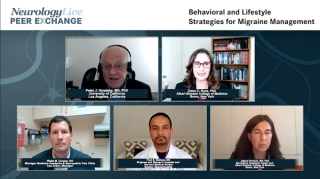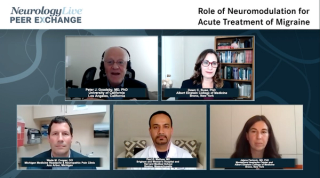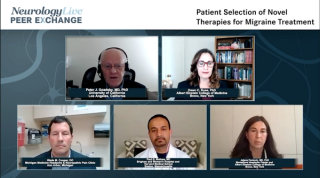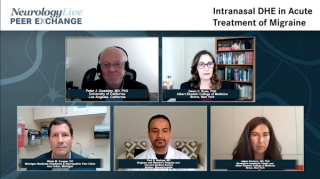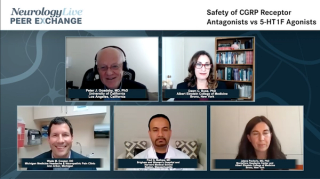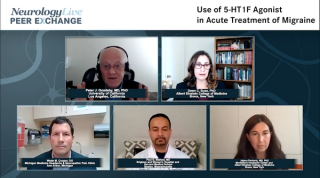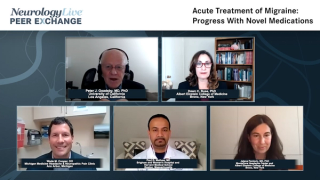
Headache and Migraine
Latest News
Latest Videos

CME Content
More News

These real-world findings confirm that a 156- to 195-unit dose of onabotulinumtoxinA is efficacious and safe, consistent with findings from the PREEMPT clinical trials.
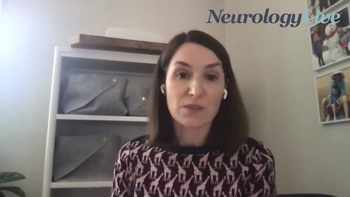
The program director of the Medstar Georgetown University Hospital Headache Medicine Fellowship program discussed the findings of the STOP 301 study.

Using the FDA-approved Cefaly device, the TEAM study data suggest that the device can be applied as a safe alternative to pharmacological treatments in the acute treatment of migraine.
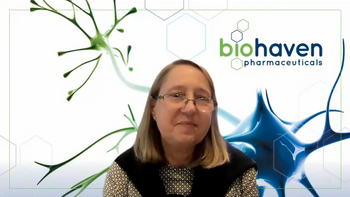
The chief medical officer of Biohaven Pharmaceuticals discussed the findings of an assessment of rimegepant (Nurtec ODT) exposure with concomitant administration of inhibitors of P-gp and BCRP transporters.

Here's what is coming soon to NeurologyLive.

An assessment of data from the PROMISE-2 trial suggests that individuals who respond to treatment in the first month are likely to maintain their response through at least 6 months.

The director of the Headache Center of Southern California discussed his research from AHS 2021 which evaluated safety and efficacy of combined treatment with CGRPs and onabotulimtoxinA.

Open-label data of concomitant use of CGRP monoclonal antibodies and receptor antagonists suggest that the agents can be safely and effectively combined in the treatment of migraine.

The reported reasons included wanting to take care of symptoms themselves, concern that migraine will not be taken seriously, and believing migraines are not severe or painful enough to seek care.

Treatment with eptinezumab resulted in reduced burdensome features of headache episodes including severe pain, photophobia, phonophobia, nausea, and limited physical activity.

Respondents reported varying levels of comfort regarding the management of migraine during pregnancy, with only half of women’s healthcare providers indicating they conducted counseling on migraine during pregnancy.

Take 5 minutes to catch up on NeurologyLive's highlights from the week ending June 4, 2021.

Investigators’ analysis of a subset of patients with insufficient response from the CENTURION study suggests that the acute agent from Eli Lilly offers potential in this population.

Treatment with INP104 was associated with high rates of symptoms freedom and may be a promising new acute treatment for patients with migraine.

Experts were in agreement that the criteria should include PTH phenotype, TBI mechanism and TBI comorbidities.

The nasal delivery of dihydroergotamine also showed a lower incidence of nausea than IV-administrated dihydroergotamine.

Rimegepant (Nurtec ODT; Biohaven) had the lowest number needed to treat for sustained pain freedom from migraine.

More than 80% of participants experienced at least 50% reduction in monthly migraine days, while more than 60% and just under 50% experienced at least 75% and 100% reductions.

With the AHS 63rd Annual Scientific Meeting set to kick-off virtually on June 3, 2021, Jessica Ailani, MD, FAHS, offered her perspective on what to expect from the presentations and sessions.

Here's what is coming soon to NeurologyLive.

Take 5 minutes to catch up on NeurologyLive's highlights from the week ending May 28, 2021.

Biohaven’s agent is now the first oral CGRP antagonist to be approved for prevention, and the first to be approved for both acute and preventive therapy. It is marketed as Nurtec ODT and is administered in a 75-mg dose.

The associate professor and director of the Headache Medicine Fellowship Program at Thomas Jefferson University discussed the role of clinicians in determining migraine treatment eligibility.

What physicians in the community need to know about treating patients with migraine in community settings, and resources that can help locate certified headache specialists or other migraine specialists for referral.
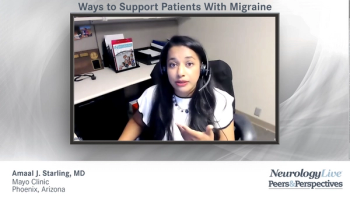
Various ways health care professionals can become involved in migraine advocacy, and tips that can be used in the clinic to support patients.







